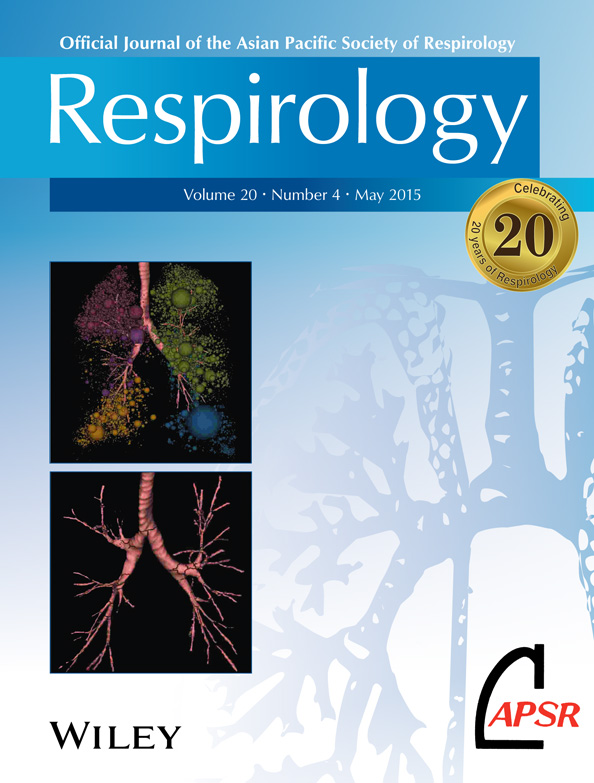Inflammatory markers and mortality among US adults with obstructive lung function
Abstract
Background and objective
Chronic obstructive pulmonary disease is characterized by an inflammatory state of uncertain significance. The objective of this study was to examine the association between elevated inflammatory marker count (white blood cell count, C-reactive protein and fibrinogen) on all-cause mortality in a national sample of US adults with obstructive lung function (OLF).
Methods
Data for 1144 adults aged 40–79 years in the National Health and Nutrition Examination Survey III Linked Mortality Study were analysed. Participants entered the study from 1988 to 1994, and mortality surveillance was conducted through 2006. White blood cell count and fibrinogen were dichotomized at their medians, and C-reactive protein was divided into >3 and ≤3 g/L. The number of elevated inflammatory markers was summed to create a score of 0–3.
Results
The age-adjusted distribution of the number of elevated inflammatory markers differed significantly among participants with normal lung function, mild OLF, and moderate or worse OLF. Of the three dichotomized markers, only fibrinogen was significantly associated with mortality among adults with any OLF (maximally adjusted hazard ratio 1.49; 95% confidence interval (CI): 1.17–1.91). The maximally adjusted hazard ratios for having 1, 2 or 3 elevated markers were 1.17 (95% CI: 0.71–1.94), 1.44 (95% CI: 0.89–2.32) and 2.08 (95% CI: 1.29–3.37), respectively (P = 0.003).
Conclusions
An index of elevated inflammatory markers predicted all-cause mortality among adults with OLF.




